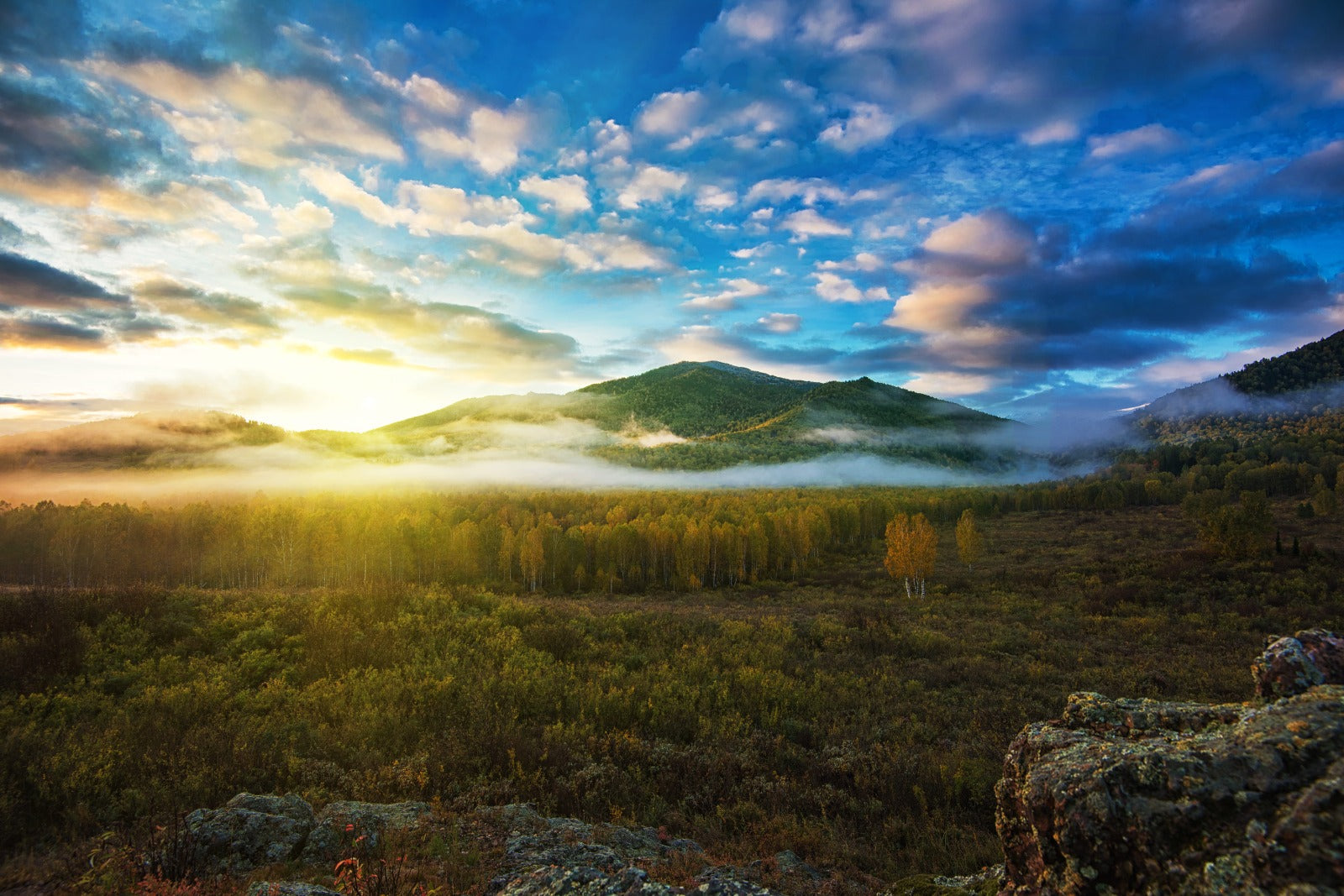In today’s wellness-focused world, U.S. consumers are increasingly seeking natural, sustainably-sourced ingredients—especially when it comes to botanicals. Wild-harvested plants deliver a unique blend of potency and purity, setting them apart from their cultivated counterparts. When gathered responsibly in the wild, they retain the delicate balance of ecosystems and deliver premium nutritional and phytochemical benefits.
Wild vs. Cultivated: What’s the Key Difference?
The main distinction lies in growth conditions. Wild plants survive and flourish in untamed environments—without human intervention—while cultivated plants are systematically grown in fields, gardens or farms.Because wild plants thrive under natural environmental stressors, they often generate higher levels of beneficial compounds as part of their survival strategy. Wild plants frequently contain greater concentrations of phenolics, flavonoids and vitamin C compared to cultivated varieties.
Why Choose Wild Harvested for Health & Wellness?
• Enhanced Nutrient & Phytochemical Density
Wild plants often accumulate elevated levels of vitamins, antioxidants and bioactive compounds.
For example, one study found significantly higher flavonoid and phenolic content in wild plants compared to cultivated ones.
Another review found that wild-food plants often exceed their cultivated relatives in micronutrient content.
• Cleaner, More Natural
Because wild-harvested plants grow in nature’s rhythms, they’re less likely to be loaded with synthetic fertilizers, pesticides or other agricultural chemicals—unlike many conventionally farmed plants.
• Natural Resilience
Wild plants adapt to challenging conditions—poor soils, weather stress, competition. That resilience translates into strength and longevity for the plant—and potential benefits for you.
Real-World Products Powered by Wild Plants
Here are a few standout examples you might recognize — each based on wild-harvested botanicals.
Wild fermented Siberian fireweed (“ivan-tea”) blended with black currant leaves:
a caffeine-free herbal infusion with rich antioxidant and vitamin content, thanks to wild collection and traditional fermentation methods.
Cold-pressed sea buckthorn oil from wild Siberian berries:
the wild-gathered berries yield oil that retains maximum bioactive compounds from nature and is used for its anti-inflammatory and immune-supporting properties.
Wild sea buckthorn berries combined with apple slices - a ready mix for seasonal immune-support drinks using wild-harvested vitamin-rich berries and naturally sweet apple slices.
Dried wild hawthorn berries – sun-ripened and wild-collected, rich in flavonoids, tannins and organic acids; traditionally used to support cardiovascular wellness and digestion.
Milk thistle (Silybum marianum) oil – while milk thistle can be cultivated, oils derived from wild or semi-wild seed sources are valued in traditional systems for liver-support (hepatoprotective) actions.
Even though wild-harvested botanicals are powerful and natural, they still deserve respect. If you have chronic health conditions, are pregnant or nursing, or are taking medications, it’s important to consult your healthcare provider before regularly introducing new herbal products into your routine.
Wild plants aren’t just flavorful or exotic—they’re an invitation to connect with the raw strength of nature, refined over centuries and optimized by minimal human interference.
Choosing wild-harvested plant-based products means choosing nature’s original blueprint. It’s about tapping into plants that spent their lives in authentic environments, accumulating resilience, nutrition, and bioactive richness. For modern wellness seekers in the U.S., that choice can translate into cleaner sourcing, higher potency, and deeper connection to the planet.
What does “wild-harvested” mean?
“Wild-harvested” (also called wildcrafted) means the plant was gathered directly from its natural habitat—such as forests, mountains, or fields—without being farmed or genetically modified. Wild-harvested herbs and berries grow in their native ecosystems, developing a higher concentration of nutrients and bioactive compounds compared to cultivated plants.
Are wild-harvested plants better than cultivated ones?
Many experts believe wild-harvested plants may contain more antioxidants, vitamins, and minerals. Because they grow without pesticides or fertilizers, they often have cleaner nutrient profiles and stronger natural defenses. However, both wild and cultivated plants can be beneficial—quality and sustainable sourcing matter most.
What are some examples of wild-harvested botanicals?
Common examples include Siberian fireweed (Ivan tea), wild sea buckthorn berries, hawthorn berries, and milk thistle seeds. These plants are rich in vitamins, flavonoids, and antioxidants, making them popular in natural wellness and skincare products.
Are wild-harvested products sustainable?
Yes, when gathered ethically. Responsible wild harvesting ensures that plants are collected without damaging ecosystems or depleting native populations. Siberian Green supports sustainable foraging practices that protect biodiversity and preserve nature’s balance.
Are wild-harvested products safe to use?
Yes—when sourced responsibly from clean, uncontaminated regions and handled according to safety standards. It’s important to buy wild-harvested teas, oils, and supplements from trusted brands like Siberian Green, which follow ethical harvesting.









Leave a comment (all fields required)